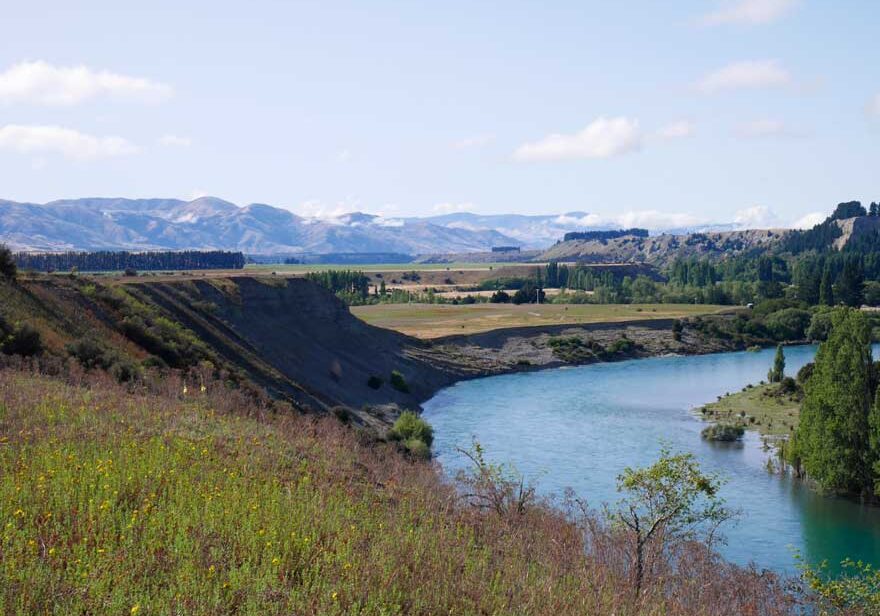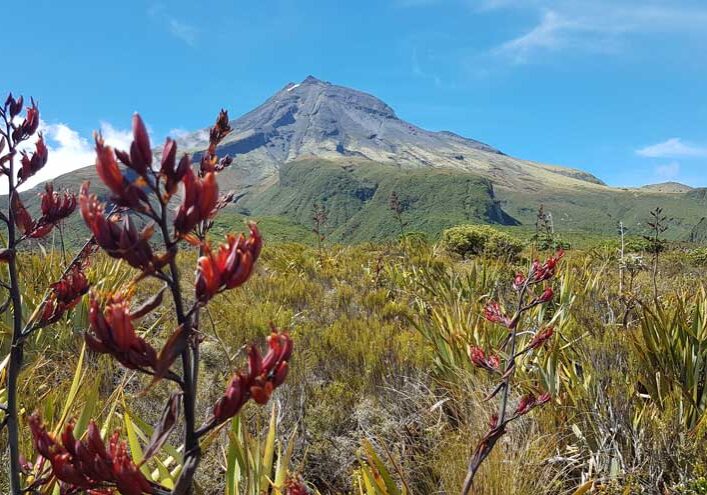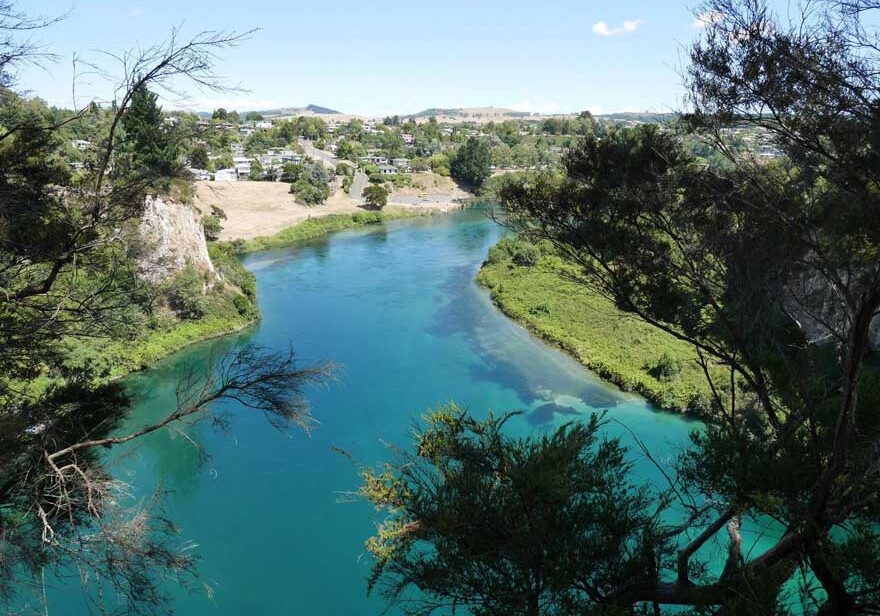Aeolian and arid landscapes
Aeolian dynamics in context – links between wind and landscape processes
Dr Samuel Marx1, Dr Jan-Hendrik May1
1The University of Wollonong, Wollongong, Australia
In this session we seek to explore the interactions between aeolian processes and other geomorphic agents in shaping the Earth’s surface over a range of timescales. This includes exploring the role of sediment generation as a controlling mechanism on aeolian activity, and the interactions between aeolian activity and fluvial/alluvial systems. Within this session we seek papers that examine these interactions across a wide range of geomorphic settings, including in warm drylands, mountain environments, for example in proglacial environments, and within tropical settings. We are particularly interested in contributions that explore climate modulated time-lags between sediment production, supply and aeolian transport. We invite papers and posters that explore these broad themes.
Dryland hydrology: water processes and dynamics in arid and semiarid environments
Professor Jasper Knight1, Professor Mary Evans1, Professor Abi Stone2, Professor Tim Ralph3
1University of The Witwatersrand, Johannesburg, South Africa, 2University of Manchester, Manchester, UK, 3Macquarie University, Macquarie Park, Australia
Dryland (arid and semiarid) environments have landscapes that are mainly shaped by long-term aeolian and weathering processes but water availability at certain periods (seasonal or ephemeral) or places (dry-bed river channels, pans, groundwater springs) is also an important geomorphic agent. This session aims to explore the role of water in dryland regions, from different perspectives (climate, geomorphology, sedimentology, ecology and biodiversity, agriculture, water resource use, flood risk management etc). As such, this session invites contributions that deal with integrated dryland systems linked to water processes and dynamics, based on field, remote sensing, modelling or other research approaches, from dryland regions globally.
Drylands Rivers and Waterways
Dr Gresley Wakelin-King1,2, Dr Nik Callow3, Dr Kathryn Amos4, Dr Tim Ralph5, Dr Alissa Flatley6
1Wakelin Associates, Melbourne, Australia, 2La Trobe University, Melbourne, Australia, 3University of Western Australia, Perth, Australia, 4University of Adelaide, Adelaide, Australia, 5Macquarie University, Sydney, Australia, 6University of New South Wales, Canberra, Australia
Moisture-limited landscapes are important globally, and present particular challenges and opportunities.
More than 40% of the Earth’s land surfaces are seasonally or usually arid, and these drylands are home to more than a third of the world’s population. Dryland communities are challenged by scarcity or unpredictability of natural resources, often in a social context of marginalisation and development pressure. Drylands are often data-poor, reflecting logistical and financial barriers to research in remote areas with unpredictable access. A lack of observed information on landscape processes can hamper community goals of sustainable and accountable land management. As a discipline, geomorphology can address this deficit by providing information on past and present landscape behaviour. The drylands are advantaged by the (usually) slow pace of geomorphic change, which preserves landscape information over geologic timespans.
Dryland waterways respond to the same physical conditions as their temperate- perennial equivalents, yet the moisture-limited context can produce fluvial systems that are qualitatively different.
Dryland rivers occur where evaporative potential far exceeds annual rainfall, and are renowned for their episodic, ephemeral and highly-variable flow regimes. Often lacking the hydrological measurement infrastructure which informs both research and management, they have been under-researched and poorly understood. Process-based geomorphology can close the information gaps and support dryland communities to reach their sustainability goals.
It has been 25 years since Tooth’s review “Process, form and change in dryland rivers”. This session will consider progress in understanding and applying dryland fluvial geomorphology, and the insights offered by interdisciplinary approaches and novel techniques. There will be opportunities for poster and oral presentations and will culminate in an ECR- and MCR-led collaborative discussion celebrating new understandings and looking to future work. Together, the drylands community will identify knowledge gaps and frame fruitful forward directions. It is anticipated that a collaborative paper will arise from this session.
Shaping Arid Landscapes: Unraveling the Complex Interactions Between Wind, Sediment, and Vegetation in a Changing Climate
Professor Hezi Yizhaq1, Professor Zhiwei Xu2, Professor Greg Okin3
1Department of Energy and Environmental Physics, BIDR Ben Gurion University, Midreshet Ben Gurion, Israel, 2School of Geography and Ocean Science, Nanjing University, Nanjing, China, 3Department of Geography, University of California, Los Angeles, USA
A key difference between Earth's aeolian systems and those on extraterrestrial planets is the critical role of vegetation in shaping dunes. Plants adapted to sand burial or erosion can form diverse vegetated dunes of varying scales, such as nebkhas, vegetated linear dunes, and parabolic dunes. Vegetation can also drive dune transitions, such as shifts from barchan to parabolic dunes during droughts. On a local scale, plants modify microenvironments, creating habitats for wildlife and "fertile islands" that enhance biodiversity and influence vegetation patterns, such as the well-known fairy circles and vegetation rings.
Understanding the interactions between wind, sediment, and vegetation is crucial for maintaining the stability of arid landscapes and ecosystems. This knowledge enhances our understanding of these unique landforms and their responses to climate change. While the formation of vegetated dunes—such as inland and coastal nebkhas, as well as widespread vegetated linear dunes in Southern Hemisphere deserts—remains unclear, studying them is key to promoting ecosystem stability and sustainable development. This session focuses on aeolian processes over vegetation through models and experiments, and also welcomes studies exploring the effects of climate change on dune mobility and landscape evolution. By fostering multidisciplinary approaches, the goal is to gain new insights into the fundamental interactions between aeolian and biotic processes and deepen our understanding of their roles in shaping arid landscapes in the context of global change.
The signature of climate change in arid landscapes
Dr Paul Hesse1, Dr Andrew Gunn2, Professor Kathryn Fitzsimmons2
1Macquarie University, Macquarie University, Australia, 2Monash University, Melbourne, Australia
Arid landscapes are subject to high climatic variability and many are now subject to high rates of climate change. Consequently, economic and social structures must adapt to uncertainty and change, including variability of geomorphic processes. Over time-scales from years to millennia, geomorphic processes respond to climate change and are both the record of past climate changes and the template for anticipated responses to future climate change. This session welcomes submissions dealing with a range of timescales and processes in arid landscapes examining the links between climate and geomorphology.



